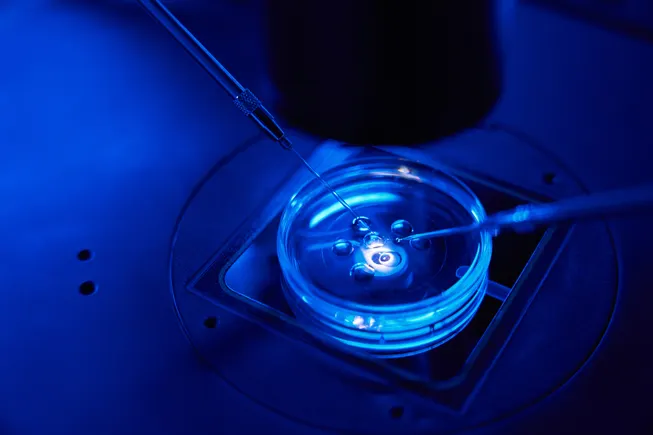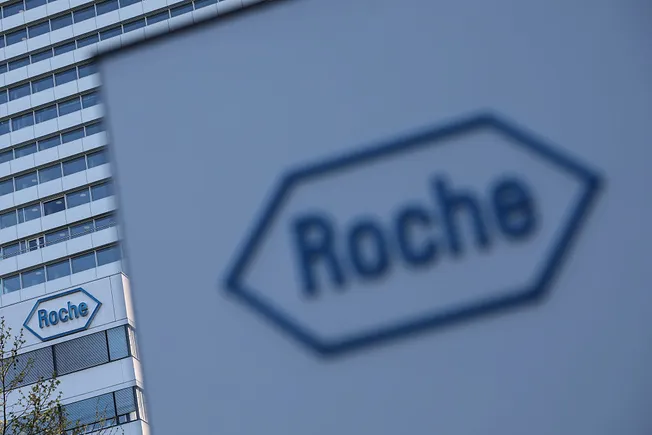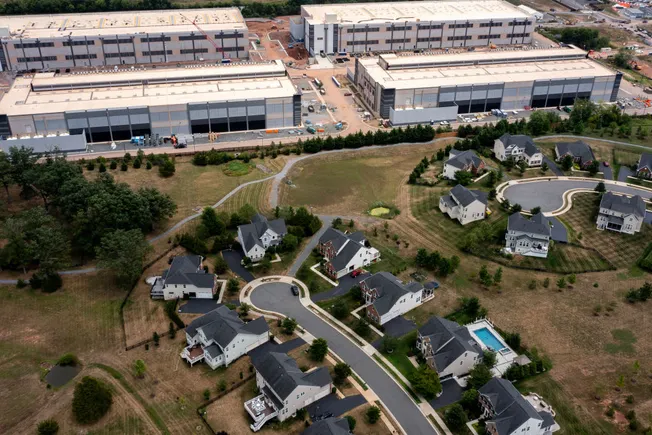Excitatory projections from the nucleus reuniens to the medial prefrontal cortex modulate pain and depression-like behaviors in mice
by Shu-Ting Bao, Fang Rao, Cui Yin, Yong Niu, Jun-Li Cao, Cheng Xiao, Chunyi Zhou The medial prefrontal cortex (mPFC) is implicated in emotional processing, cognition, and pain sensation, moreover, its circuitry undergoes neuroplastic changes in chronic pain. Although the nucleus reuniens (RE) of the thalamus provides significant glutamatergic inputs to the mPFC, it remains unclear whether this projection contributes to plasticity changes in the mPFC and pain-related behaviors in chronic pain. Using fiber photometry, we demonstrated that RE neurons responded to pain stimulation and emotional changes. Optogenetic activation of RE neurons and their projections to the mPFC (RE-mPFC projection) elicits hyperalgesia and depression-like behaviors in naïve mice. In a neuropathic pain mouse model, RE neurons were hyperactive, and the RE-mPFC projection was enhanced with a marked preference for the part innervating GABAergic circuits in the mPFC to that controlling mPFC neurons projecting to the ventrolateral periaqueductal gray (vlPAG). Expectedly, optogenetic inhibition of RE neurons and the RE-mPFC projection ameliorated pain-like and depression-like behaviors in neuropathic pain mice. Additionally, chemogenetic inhibition of RE-mPFC neurons conferred analgesia in neuropathic pain mice exposed to both acute and chronic morphine. Our findings highlight the significant role of the RE-mPFC pathway in neuropathic pain comorbid with depression, suggesting its potential as a target for treatment of neuropathic pain.
by Shu-Ting Bao, Fang Rao, Cui Yin, Yong Niu, Jun-Li Cao, Cheng Xiao, Chunyi Zhou The medial prefrontal cortex (mPFC) is implicated in emotional processing, cognition, and pain sensation, moreover, its circuitry undergoes neuroplastic changes in chronic pain. Although the nucleus reuniens (RE) of the thalamus provides significant glutamatergic inputs to the mPFC, it remains unclear whether this projection contributes to plasticity changes in the mPFC and pain-related behaviors in chronic pain. Using fiber photometry, we demonstrated that RE neurons responded to pain stimulation and emotional changes. Optogenetic activation of RE neurons and their projections to the mPFC (RE-mPFC projection) elicits hyperalgesia and depression-like behaviors in naïve mice. In a neuropathic pain mouse model, RE neurons were hyperactive, and the RE-mPFC projection was enhanced with a marked preference for the part innervating GABAergic circuits in the mPFC to that controlling mPFC neurons projecting to the ventrolateral periaqueductal gray (vlPAG). Expectedly, optogenetic inhibition of RE neurons and the RE-mPFC projection ameliorated pain-like and depression-like behaviors in neuropathic pain mice. Additionally, chemogenetic inhibition of RE-mPFC neurons conferred analgesia in neuropathic pain mice exposed to both acute and chronic morphine. Our findings highlight the significant role of the RE-mPFC pathway in neuropathic pain comorbid with depression, suggesting its potential as a target for treatment of neuropathic pain.














































































































































